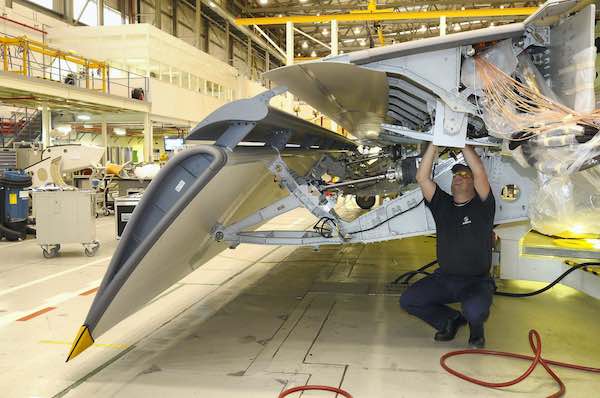
[Image above] Credit: Department for Business, Innovation and Skills; Flickr CC BY-ND 2.0
Ceramics Expo 2016 dominated the ceramic and glass manufacturing industry’s airwaves last month with the second showing of the annual tradeshow for all things ceramic and glass. Although Ceramics Expo 2016 brought plenty of new exhibitors and products to Cleveland, however, some things just don’t change.
At the show’s conference track presentations and panel discussions, I heard some of the same old concerns popping up from those in the ceramic and glass manufacturing industries—namely challenges in production scale-up and concerns over a dearth of skilled workers.
I reported on some of the concerns about a dwindling workforce and the changing landscape of manufacturing about a year ago. These challenges weren’t new at that time, and they continue to persist in the minds of manufacturers all across the supply chain.
But in addition to familiar challenges, that state of worldwide manufacturing itself hasn’t changed much lately, according to a recent Bloomberg News story. Analysts report that the manufacturing industry is in a holding pattern.
The Institute for Supply Management’s (ISM) index—a measure that quantifies manufacturing status—declined one point from March to April 2016, coming to current score of 50.8%. According to ISM, a score above 50% signals expansion in the manufacturing economy, while a score below 50% indicates contraction—so a score of 50.8 hovers barely above the stagnation zone.
According to Bloomberg News, the slow pace of the current manufacturing economy can be attributed to “lax global demand and fallout from a weakened U.S. energy industry.”
But, while that doesn’t sound promising, the outlook is not completely bleak—although the ISM score slightly dropped from March to April 2016, manufacturing as a whole still is in a trend of growth.
The outlook is not great, but it could be worse. Late 2015 indicators showed that the global manufacturing economy was in a modest contraction, so even a modest expansion in early 2016 is a hopeful sign.
That sentiment is echoed in the availability of manufacturing jobs, too—while growth has not been quite what some had hoped over the past few years, it could be much worse.
“Even modest improvement is good news,” according to global strategist Robert Sinche in the Bloomberg article’s accompanying video. Further, Sinche says that the current forecast is setting the stage for a firmer global economy—that’s even better news.
Global changes are impacting the worldwide economy, so it’s perhaps no surprise that the manufacturing industry seems to be undergoing some fits and tantrums of late.
But could this instability be signaling that the industry is undergoing a shift, rather than a decline?
For one, akin to traditional materials science, manufacturing is entering a new digital age—maybe even a digital revolution—that is driven by unprecedented access to data, computation, and modeling. Simply put, technology is transforming manufacturing.
These changes surely will introduce new challenges, but those challenges can become key opportunities for the industry to shift in new, healthier directions.
Perhaps the changing landscape of the manufacturing floor can dovetail with the dearth of skilled workers to create new opportunities in education and training that can not only help fulfill the workforce, but also provide opportunities to better integrate those technological changes into the factories of tomorrow.
But, then again, maybe not—as we’ve seen before, some things just don’t change. What do you think—will things stay the same, or is there a shift in the winds? What will be the state of the manufacturing industry at next year’s Ceramic Expo, in April 2017?
Author
April Gocha
CTT Categories
- Manufacturing


